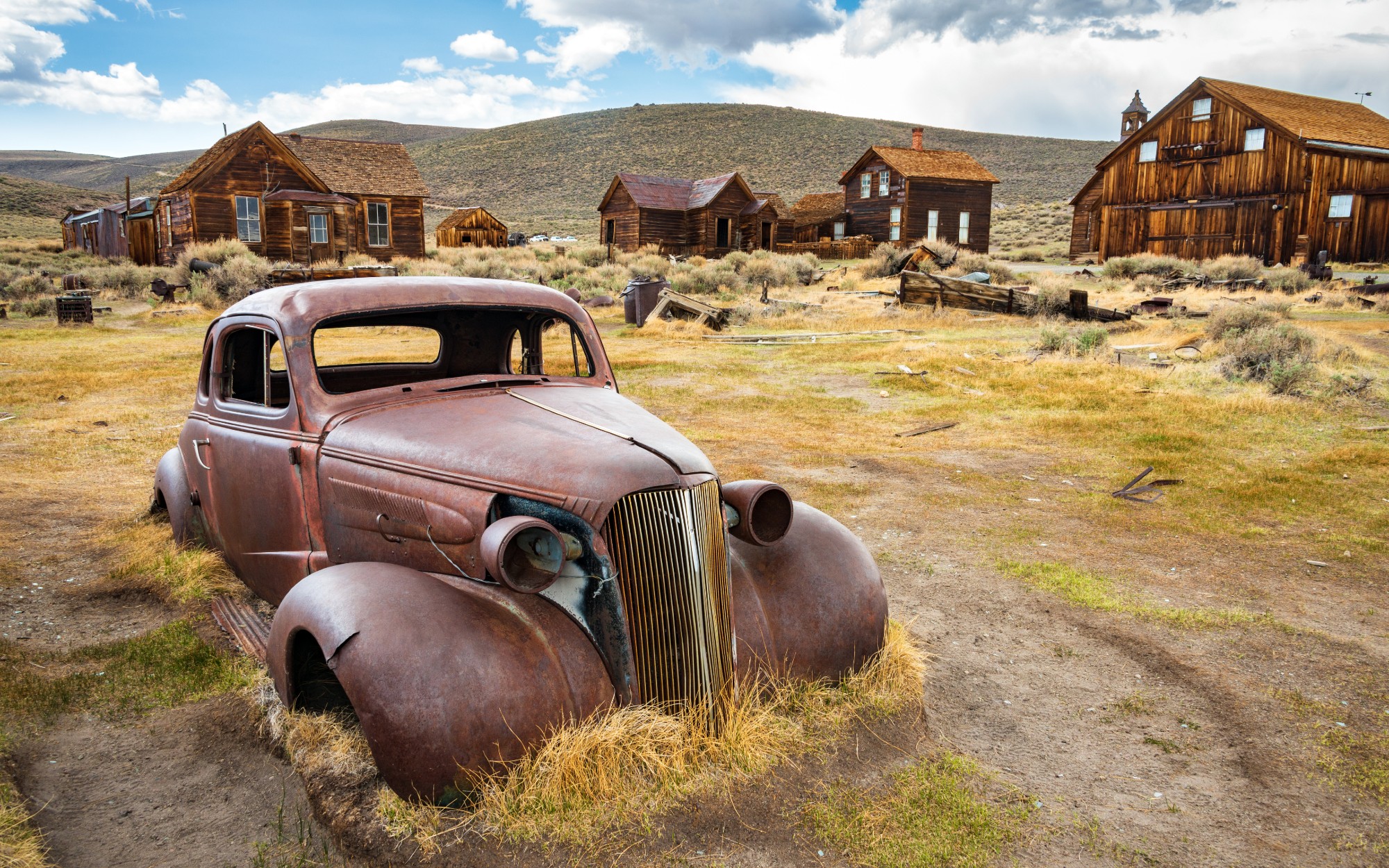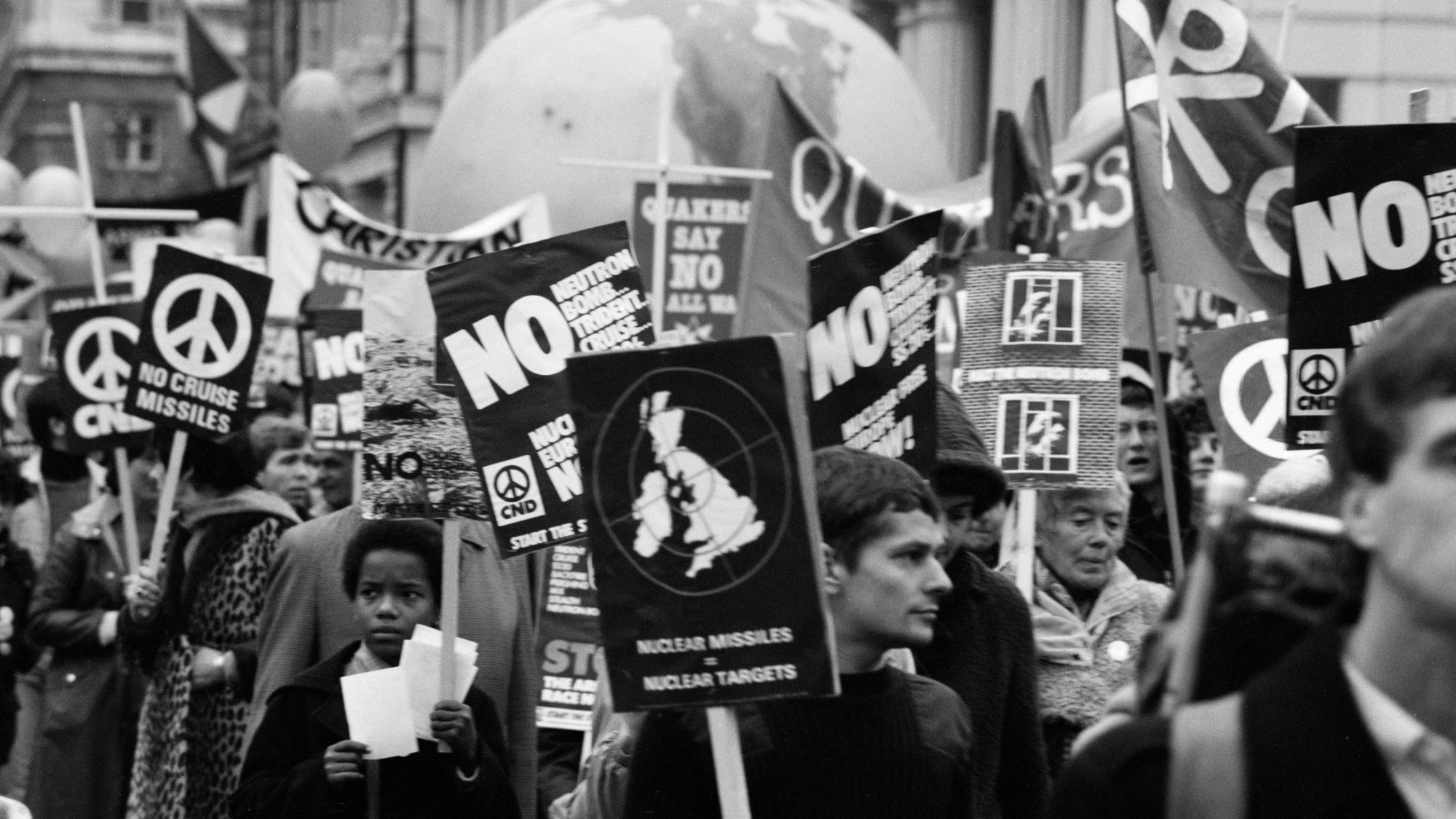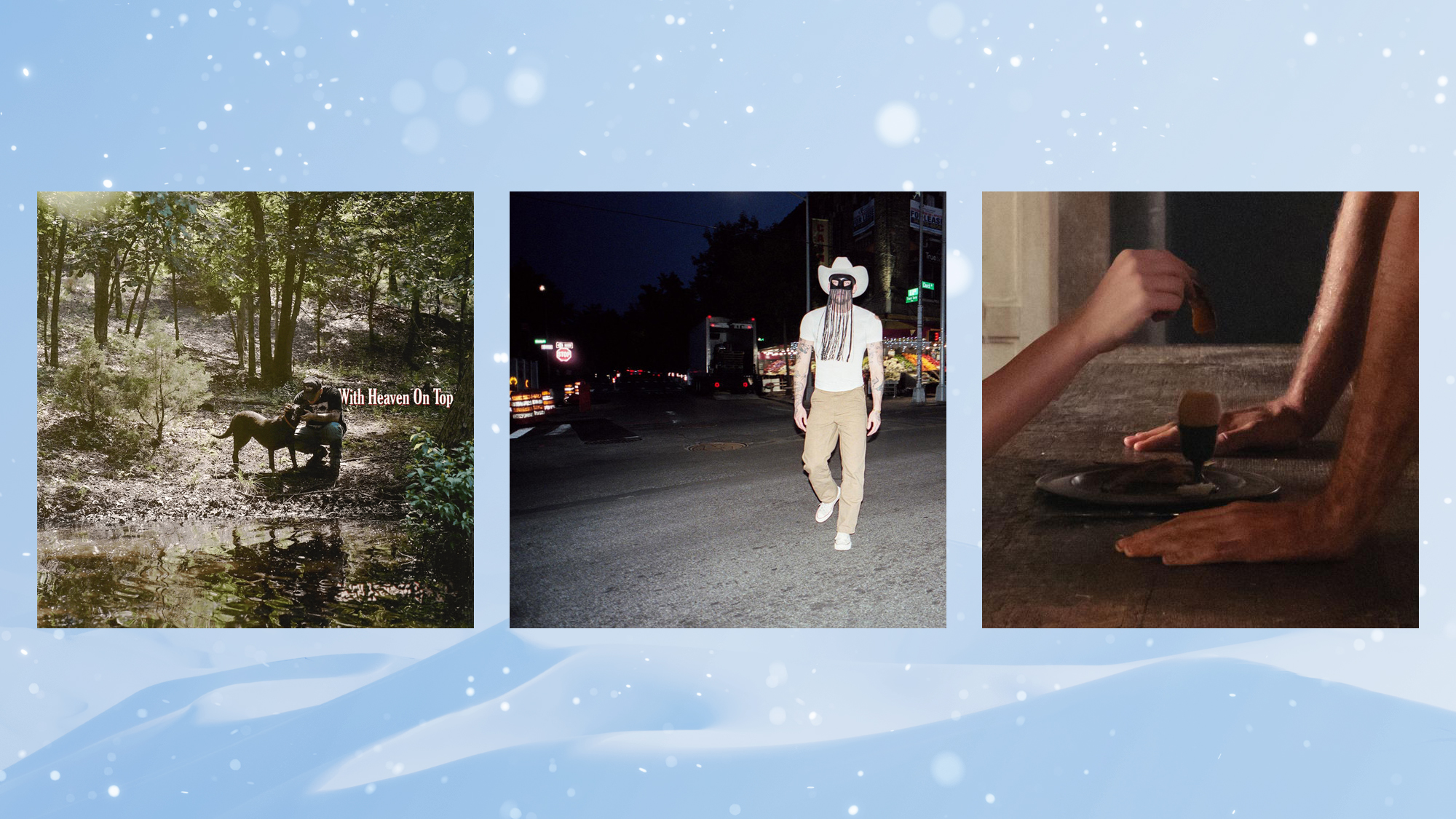5 ghost towns worth haunting on your next road trip
Enjoy a glimpse of the past, still present


The people may be long gone, but what they left behind fascinates. These five ghost towns are time capsules, giving visitors a peek into what life was like in each community during its heyday. Some are more preserved than others, but behind each dilapidated building and abandoned storefront is a story begging to be told.
Bodie, California

A former Methodist church is among the buildings standing in Bodie
During its peak in the late 1800s, Bodie was a rollicking place, a “classic Wild West adventure story brought to life” with dozens of saloons, gambling halls, opium dens and “houses of ill repute,” said Mental Floss. Its decline started when the gold ran out and mines closed, and was hurried along by two devastating fires that destroyed the majority of its structures.
Bodie became a state park in 1962 and since then has been preserved in a state of “arrested decay.” This makes it a fascinating place to visit, as the buildings are “stocked with the same products and furniture” that were there before the last residents left. Word to the wise: Don’t pocket anything, as legend has it “bad fortune” comes to anyone who “dares to steal an artifact” from Bodie.
The Week
Escape your echo chamber. Get the facts behind the news, plus analysis from multiple perspectives.

Sign up for The Week's Free Newsletters
From our morning news briefing to a weekly Good News Newsletter, get the best of The Week delivered directly to your inbox.
From our morning news briefing to a weekly Good News Newsletter, get the best of The Week delivered directly to your inbox.
Burke, Idaho

Canyon Creek runs between Burke and Wallace, a former silver mining town
Mines and mills began popping up almost overnight after silver ore was discovered here in 1884. Before long, a railroad was bringing people to this boomtown in droves. Burke’s location in a “comically narrow canyon” resulted in “some wonderfully creative architecture,” said Atlas Obscura, including the Tiger Hotel. Due to a lack of space, the railroad tracks had to cut through the lobby, and five train cars chugged into the building every day.
The town’s slow decline began in the early 1900s, and in 1991 the final mine closed. What remains is a mix of “decaying” buildings, abandoned mining equipment and an unmarked cemetery filled with destroyed headstones.
Calico, California

Calico was California’s largest silver mining camp during the 1800s
Calico came and went in a flash, before its second act had barely begun. The town got its start in 1881, when four prospectors found silver. Within four years, more than 500 mines opened, a school and post office were built and the population swelled to 1,200. Once borate mineral colemanite was discovered, the population increased to nearly 4,000. When the price of silver dropped dramatically in the 1890s, businesses started to shutter in Calico, and by the early 1900s it was a ghost town.
The story doesn't end there, though. Businessman Walter Knott of Knott’s Berry Farm fame bought Calico in the 1950s and restored or recreated many of the buildings (some original structures, like Lil’s Saloon, also remain). Calico Ghost Town is now a “tourist haven for Wild West and Gold Rush enthusiasts,” said Secret Los Angeles, with mine tours, stunt shows, gold panning and overnight camping available.
A free daily email with the biggest news stories of the day – and the best features from TheWeek.com
Garnet, Montana

Garnet is one of Montana’s best-preserved ghost towns
Once the gold was gone from Garnet, so were the people. In the 1890s and early 1900s, this was a bustling place, home to 1,300 residents and 13 saloons. It’s said that between 1897 and 1917, Garnet produced around $1 million in gold, but the gold soon dried up and the town was essentially abandoned in the 1920s.
Now, Garnet is one of the best-preserved ghost towns in Montana and a “wonderful place” to learn about the state’s history and culture, said Travel and Leisure. Visitors can explore Kelly’s Saloon, stop by the F.A. Davey General Store and “walk across the creaky floors” of the J.K. Wells Hotel, making it “easy” to imagine what Garnet was like back in the day.
Rhyolite, Nevada

Visitors always snap photos of the Cook Bank Building ruins in Rhyolite
When it was booming, Rhyolite was really booming. The discovery of gold and silver in 1904 caused a massive rush to the area, and soon a stock exchange was established, hotels and an opera house were built and a three-story, $90,000 bank building was erected. By 1907, the town had electricity and piped water, but that was also the year of the Bankers’ Panic, a major financial crisis that saw Wall Street lose half its value.
It was downhill from there, with the mines closing, mill shutting down, bank failing and power being turned off in 1916. Today, “large structures still stand, albeit without all the walls, ceilings and windows,” said the Victor Valley Daily Press, which is enough to show visitors how the town once looked. Right outside of Rhyolite is something ever-changing: the Goldwell Open Air Museum, home to several “interesting” modern art sculptures, including a recreation of “The Last Supper.”
Catherine Garcia has worked as a senior writer at The Week since 2014. Her writing and reporting have appeared in Entertainment Weekly, The New York Times, Wirecutter, NBC News and "The Book of Jezebel," among others. She's a graduate of the University of Redlands and the Columbia University Graduate School of Journalism.
-
 The history of US nuclear weapons on UK soil
The history of US nuclear weapons on UK soilThe Explainer Arrangement has led to protests and dangerous mishaps
-
 Tea with Judi Dench: ‘touching’ show is must-watch Christmas TV
Tea with Judi Dench: ‘touching’ show is must-watch Christmas TVThe Week Recommends The national treasure sits down with Kenneth Branagh at her country home for a heartwarming ‘natter’
-
 Codeword: December 24, 2025
Codeword: December 24, 2025The daily codeword puzzle from The Week
-
 Let these comedians help you laugh your way through winter
Let these comedians help you laugh your way through winterThe Week Recommends Get some laughs from Nate Bargatze, Josh Johnson and more
-
 The 8 best drama movies of 2025
The 8 best drama movies of 2025the week recommends Nuclear war, dictatorship and the summer of 2020 highlight the most important and memorable films of 2025
-
 The best books of 2025
The best books of 2025The Week Recommends A deep dive into the site of a mass shooting, a new release from the author of ‘Atonement’ and more
-
 The best music of 2025
The best music of 2025The Week Recommends These were some of the finest releases of the past year
-
 The 8 best comedy series of 2025
The 8 best comedy series of 2025the week recommends From quarterlife crises to Hollywood satires, these were the funniest shows of 2025
-
 8 touring theater productions to see this winter, all across the United States
8 touring theater productions to see this winter, all across the United Statesthe week recommends New shows and reconsidered productions are on the move
-
 10 upcoming albums to stream during the winter chill
10 upcoming albums to stream during the winter chillThe Week Recommends As the calendar turns to 2026, check out some new music from your favorite artists
-
 One great cookbook: Natasha Pickowicz’s ‘More Than Cake’
One great cookbook: Natasha Pickowicz’s ‘More Than Cake’the week recommends The power of pastry brought to inspired life
